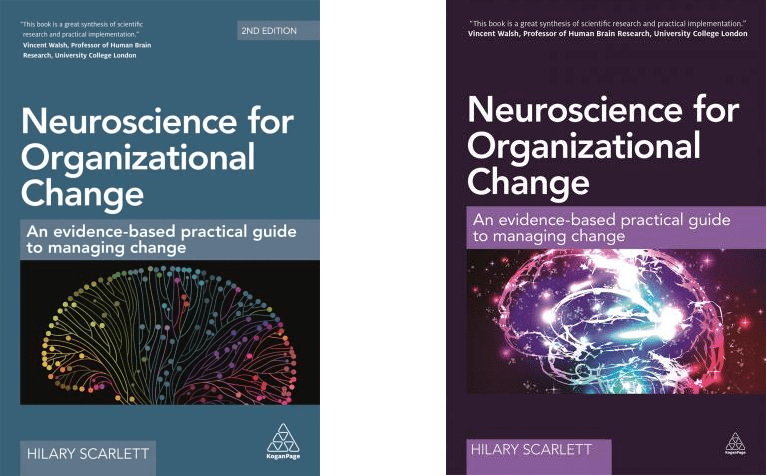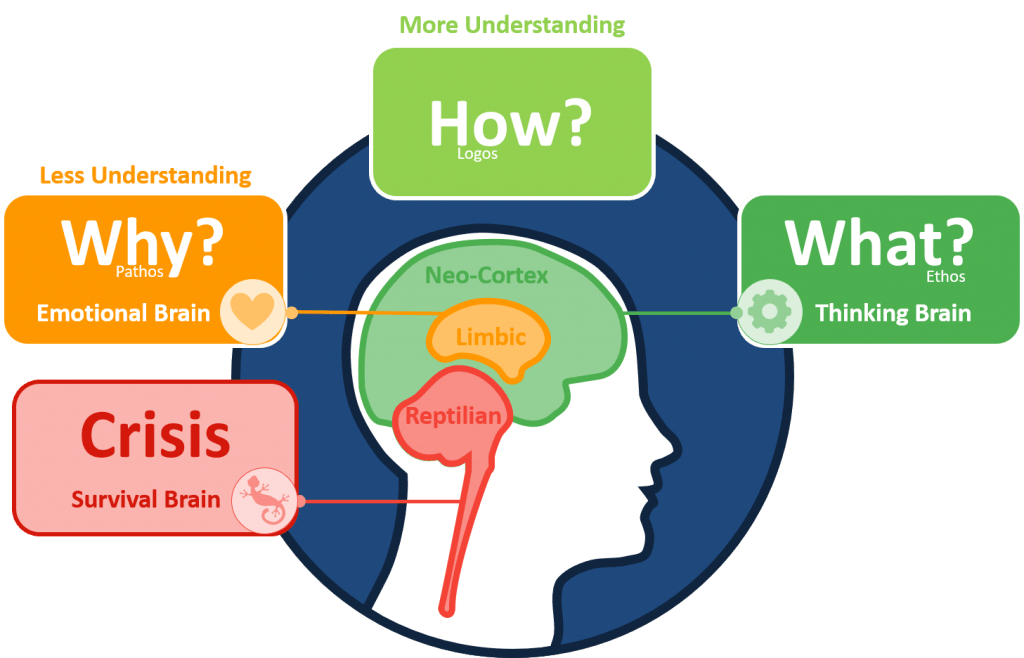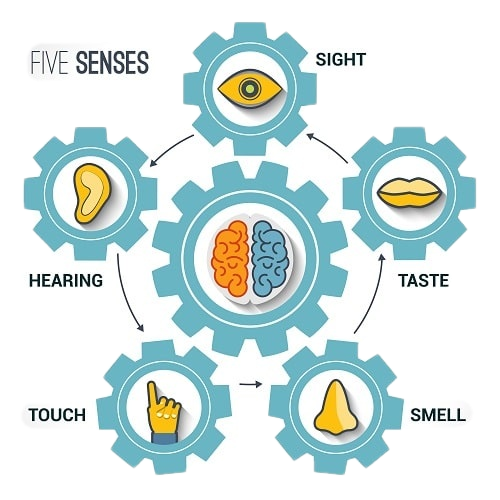
Hilary Scarlett
Hilary was MY mentor when I worked for the Consultancy in London 20 years ago !!
Hilary Scarlett is a writer, international speaker and consultant on change management and neuroscience. Her work, which has spanned Europe, the US and Asia, concentrates on the development of people-focused change management programmes, employee engagement and well-being. Hilary has been working with neuroscientists at University College London and in the US to apply cognitive neuroscience to practical management tools.
Books

The Neuroscience of Change:
How to Train Your Brain to Create Better Habits

What is the reptilian part of the brain?
The reptilian brain, the oldest of the three, controls the body’s vital functions such as heart rate, breathing, body temperature and balance. Our reptilian brain includes the main structures found in a reptile’s brain: the brainstem and the cerebellum.
The most powerful computer known is the brain. The human brain possesses about 100 billion neurons with roughly 1 quadrillion — 1 million billion — connections known as synapses wiring these cells together. Now scientists find dendrites may be more than passive wiring; in fact, they may actively process information.


